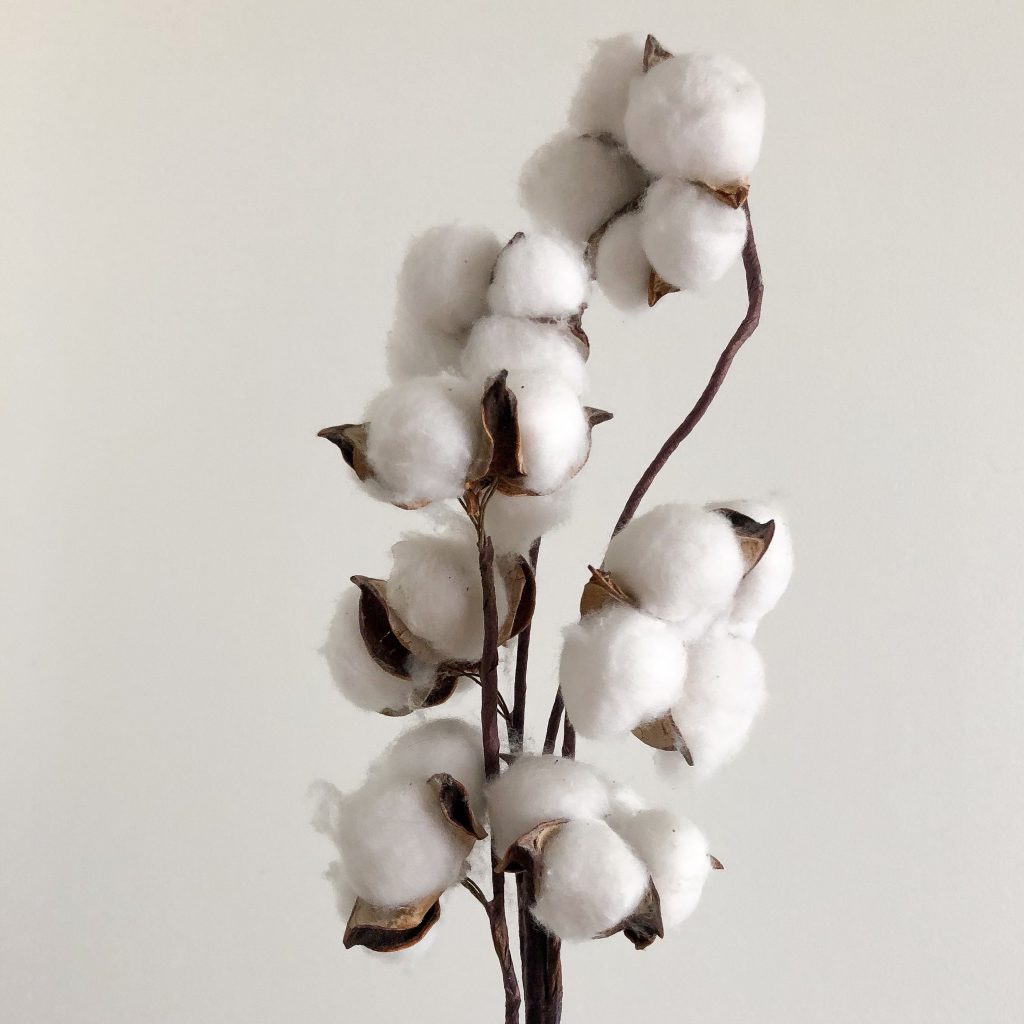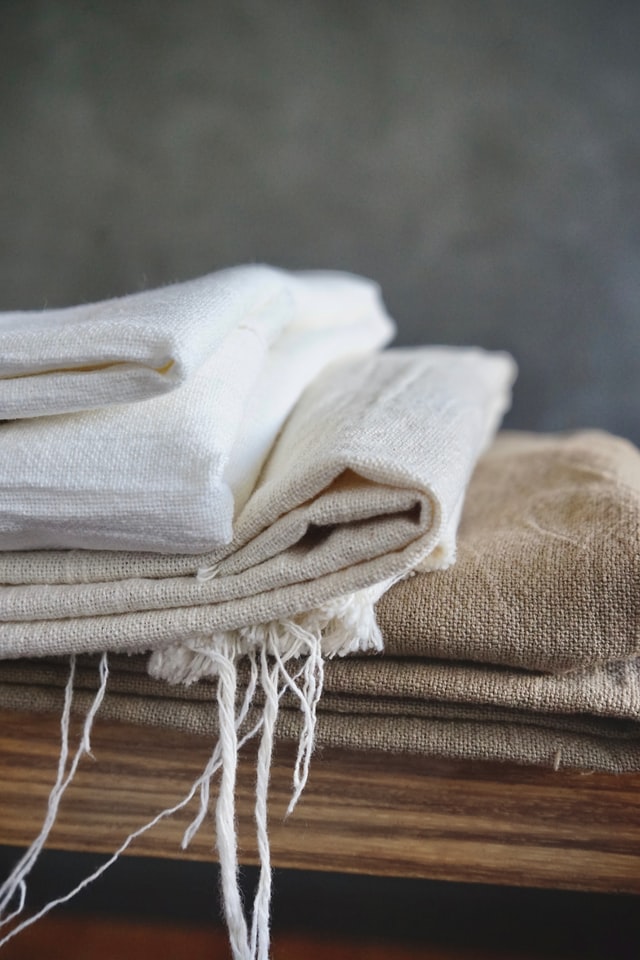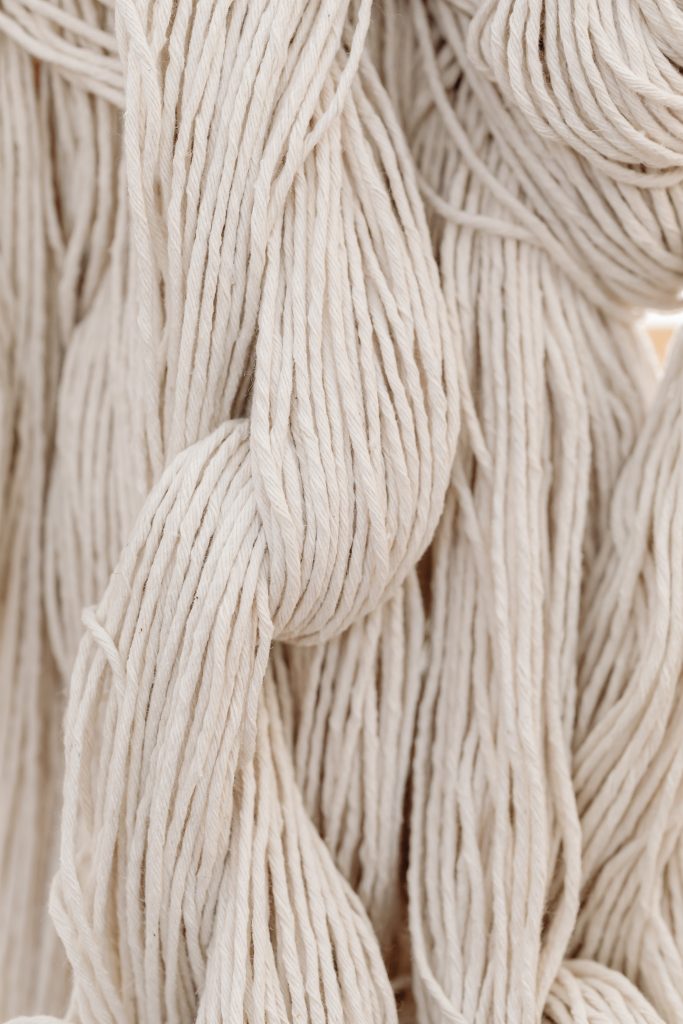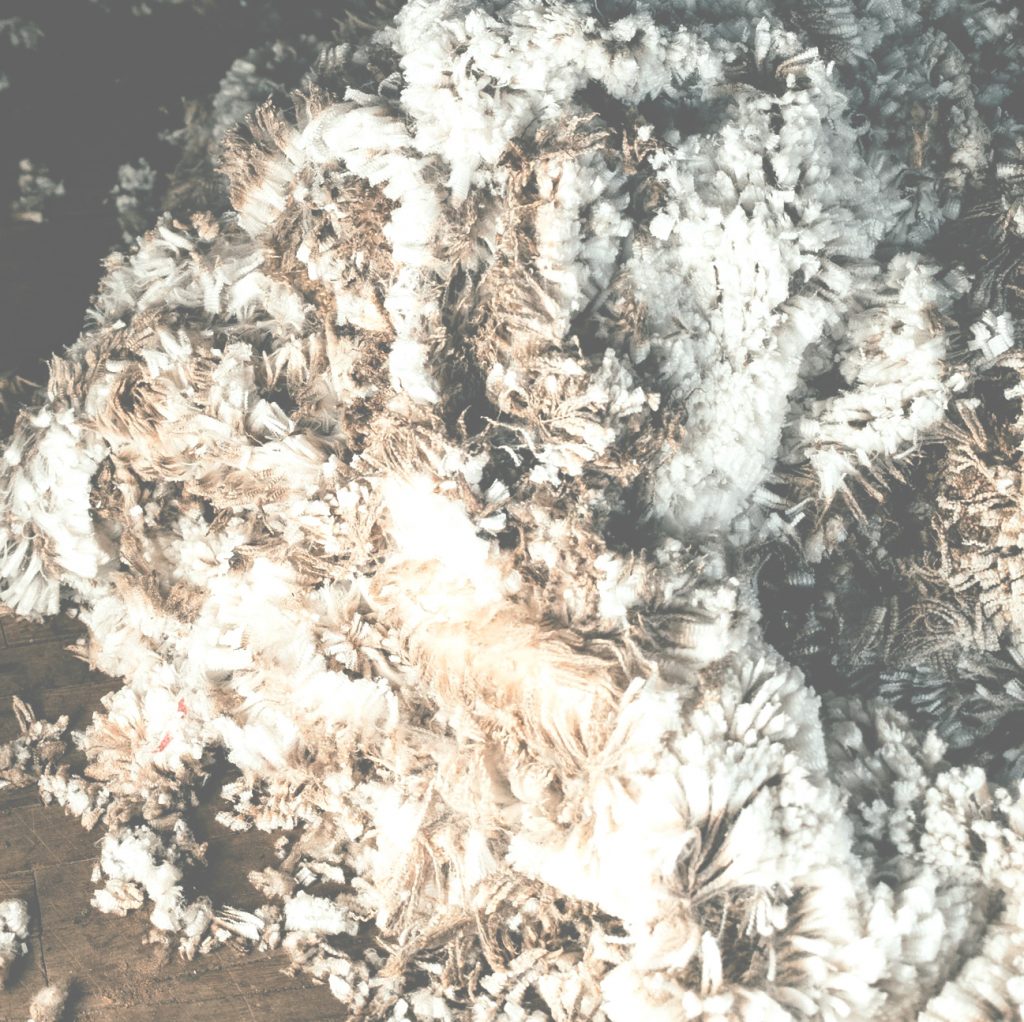Textile Info, Uncategorized
Fibers & Filaments Explained
What are fibers & filaments?
Textile fabrics are made of yarns and yarns are made of fibers or filaments. The performance of a textile product, wheatear it is a pair of jeans or firefighters’ suit, is very much dependent on the fibers/filaments used. Their properties are dependent on its structure (morphology) and molecular properties.
In general, fibers and filaments are characterized by flexibility and fineness. They have a great length in relation to their cross-section, compared to other materials like wood, plastic or metals. Although, some fibers and filaments are made from wood or plastic.
Differences between fibers & filaments
Fibers, also called staple fibers have a length between 2-46 cm. The definition of a fiber according BISFA ‘a substances characterized by their flexibility, fineness, and high ratio of length to cross sectional area’. Filaments on the other hand, have infinite length. All-natural fibers, except silk, are staple fibers. Manufactures fibers can be produced as filaments or cut into staple fibers. The definition of a filament according BISFA ‘a fibre of very great length, considered as continuous’ .
Classification
Fibers and filaments can be either virgin (new) or recycled. In textile science, they are classified as natural or man-made.
Man-made versus natural
Fibers are categorized as man-made or natural. Man-made fibers are produced by mankind. Raw materials like oil or wood are produced into a chemical solution, from which fibers or filaments are drawn. For example polyester, that is made from oil, or lyocell that is made from wood. These fibers or filaments are made true a chemical process. So, the fiber or filament shape is obtained by a manufacturing process.
Natural fiber or filaments, on the other hand, are obtained from plants or animals. It already exists in nature. For example wool that grow as fur on sheep, cotton that grow on plants or silk that is created by silkworms. Natural fibers or filaments already exist in nature in its fiber or filament shape.
Man-made fibers & filaments
Made true a chemical proces,
for example from
oil, wood or waste.

Natural fibers & filaments
Already exist in nature,
obtained from plants or animals,
like cotton, wool and silk.
Virgin versus recycled
When fibers or filaments are produced for the first time, this is called virgin. So, the first time that a textile is made for example from cotton (harvested from the cotton plant) or wool (from the sheep) or polyester from oil.
Recently, they can also be made via a recycling processes, as a second life. Recycling of textile is done via a mechanical or a chemical process. With mechanical recycling, textile waste is shredded into fibers, that can be re-used for spinning. This can be done with any kind of fiber; however, the quality of the recycled textiles will be reduced as the fiber length gets shorter and shorter each time you recycle. With chemical recycling, textile waste is dissolved into a chemical solution. From this solution, filaments are drawn, in the same way as this is done for man-made fibres and filaments. Chemical recycling is not (yet) possible for all textile materials, but a great advantage of chemical recycling is that the quality of the fibers does not decrease as the length of the recycled fibers is determined in the production process.
Textile recycling is an option to make the world more sustainable. SaXcell is an abbreviation of Saxion cellulose and an example of chemically recycled textiles, made from domestic cotton waste. The animation below explains the recycling process.





Dentro del mundo de las fibras textiles existen dos grandes grupos, según su procedencia, formados por aquellas consideradas naturales o las denominadas sintéticas o químicas, elaboradas a partir del petróleo mediante reacciones químicas llevadas a cabo en laboratorios.